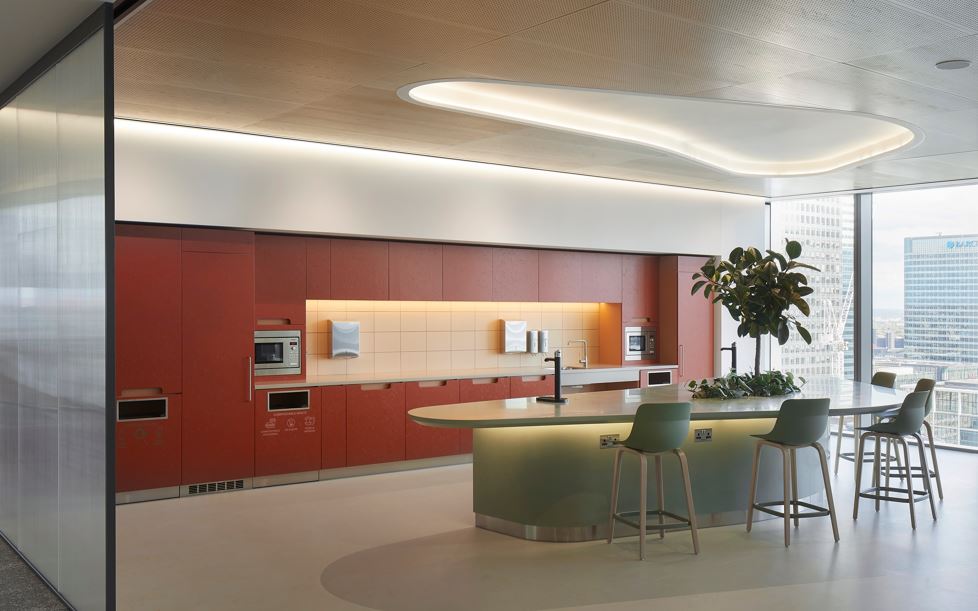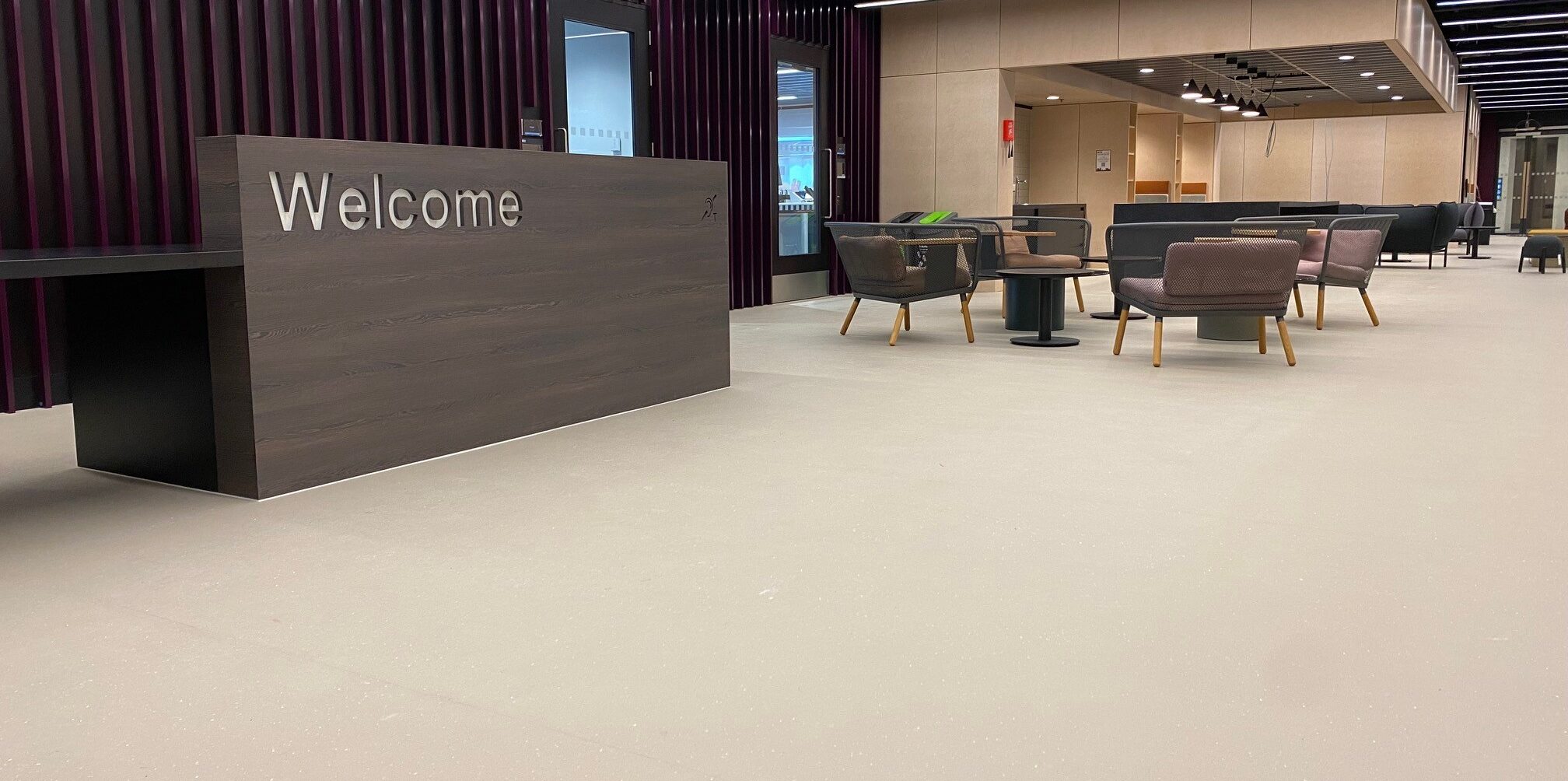Linoleum Flooring – Common Problems

What are the common problems associated with Linoleum Flooring?
Linoleum flooring is a type of resilient flooring made from natural materials. It’s composed primarily of linseed oil, which is derived from flax seeds, along with other natural ingredients such as wood flour, cork dust, limestone, and pigments for colour. These materials are mixed together and then pressed onto a backing material like jute or canvas to create sheets or tiles.
Linoleum flooring is known for its durability, resilience, and environmentally friendly characteristics. It’s naturally antibacterial, biodegradable, and often comes in a wide range of colours and patterns.
However, when it comes to installing Linoleum Flooring, common problems can often arise.

Common problems encountered when fitting linoleum flooring include:
- Subfloor Preparation: Inadequate preparation of the subfloor can lead to unevenness or imperfections that may show through the linoleum or cause it to wear unevenly over time.
- Moisture Issues: Moisture trapped beneath the linoleum can cause it to warp, bubble, or lift from the subfloor. Proper moisture testing and moisture mitigation measures should be taken before installation.
- Adhesive Problems: Incorrect application of adhesive or using the wrong type of adhesive can result in poor adhesion, causing the linoleum to peel or loosen prematurely.
- Seam Sealing: Improperly sealed seams can allow moisture or dirt to penetrate, leading to damage or lifting of the linoleum over time.
- Expansion and Contraction: Linoleum can expand and contract with changes in temperature and humidity, leading to buckling or gaps between seams if not properly accounted for during installation.
- Cutting and Fitting Errors: Incorrect measurements or cutting mistakes can result in gaps, overlaps, or misaligned seams, detracting from the overall appearance of the flooring.
- Damage during Installation: Rough handling or improper installation techniques can cause tears, scratches, or other damage to the linoleum surface.
- Subfloor Movement: If the subfloor is not adequately stable or if there is excessive movement, it can cause the linoleum to shift or crack over time.
- Improper Cleaning and Maintenance: Using harsh cleaning chemicals or abrasive tools can damage the linoleum surface, leading to premature wear or discoloration.
To avoid these problems, it’s essential to carefully follow manufacturer guidelines for installation, ensure proper subfloor preparation, use high-quality adhesives and seam sealers, and employ skilled installers familiar with linoleum flooring techniques. Additionally, regular cleaning and maintenance according to manufacturer recommendations can help prolong the life and appearance of linoleum flooring.
If you would like to know more about how we can help supply and install Linoleum Flooring please get in touch by clicking here.